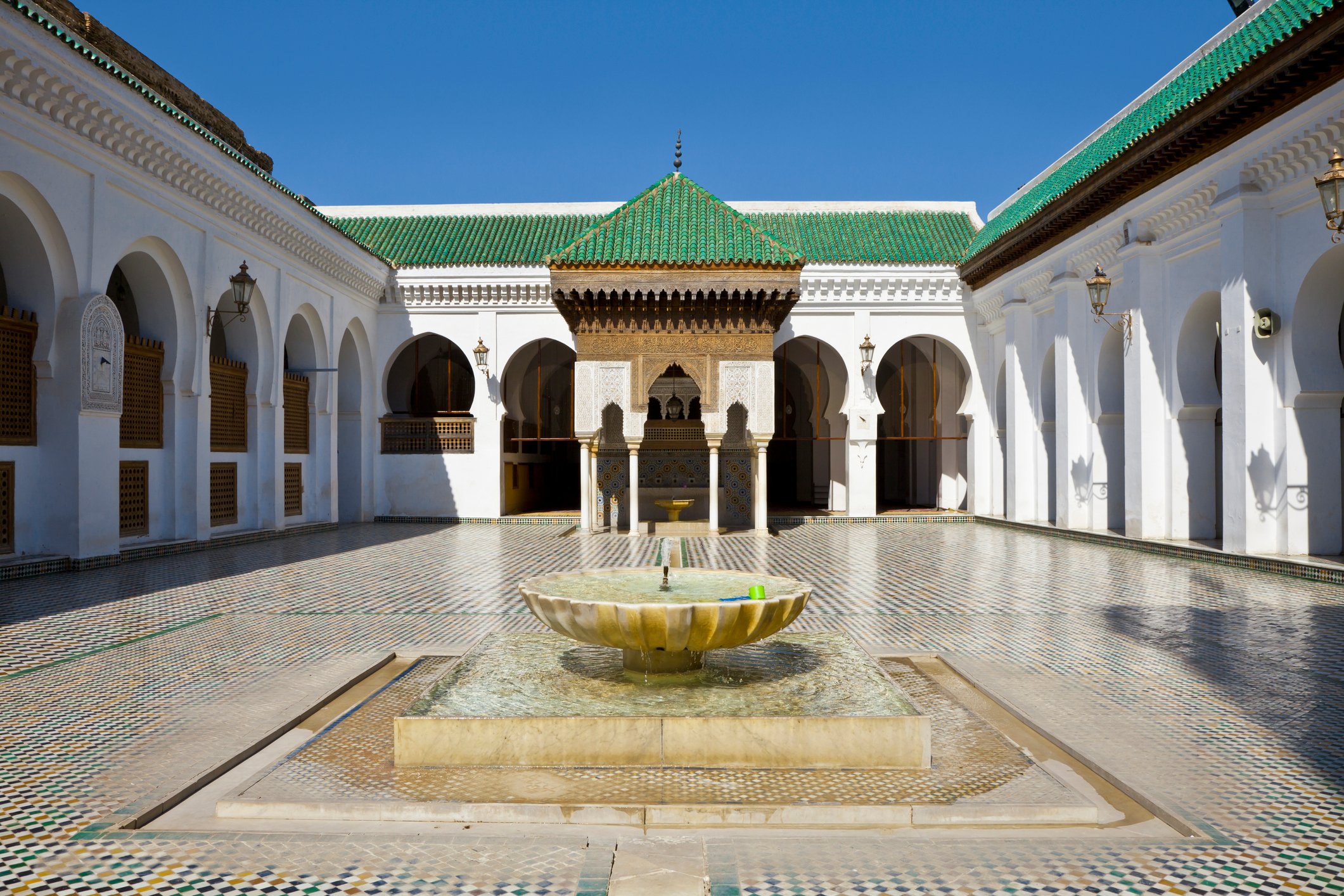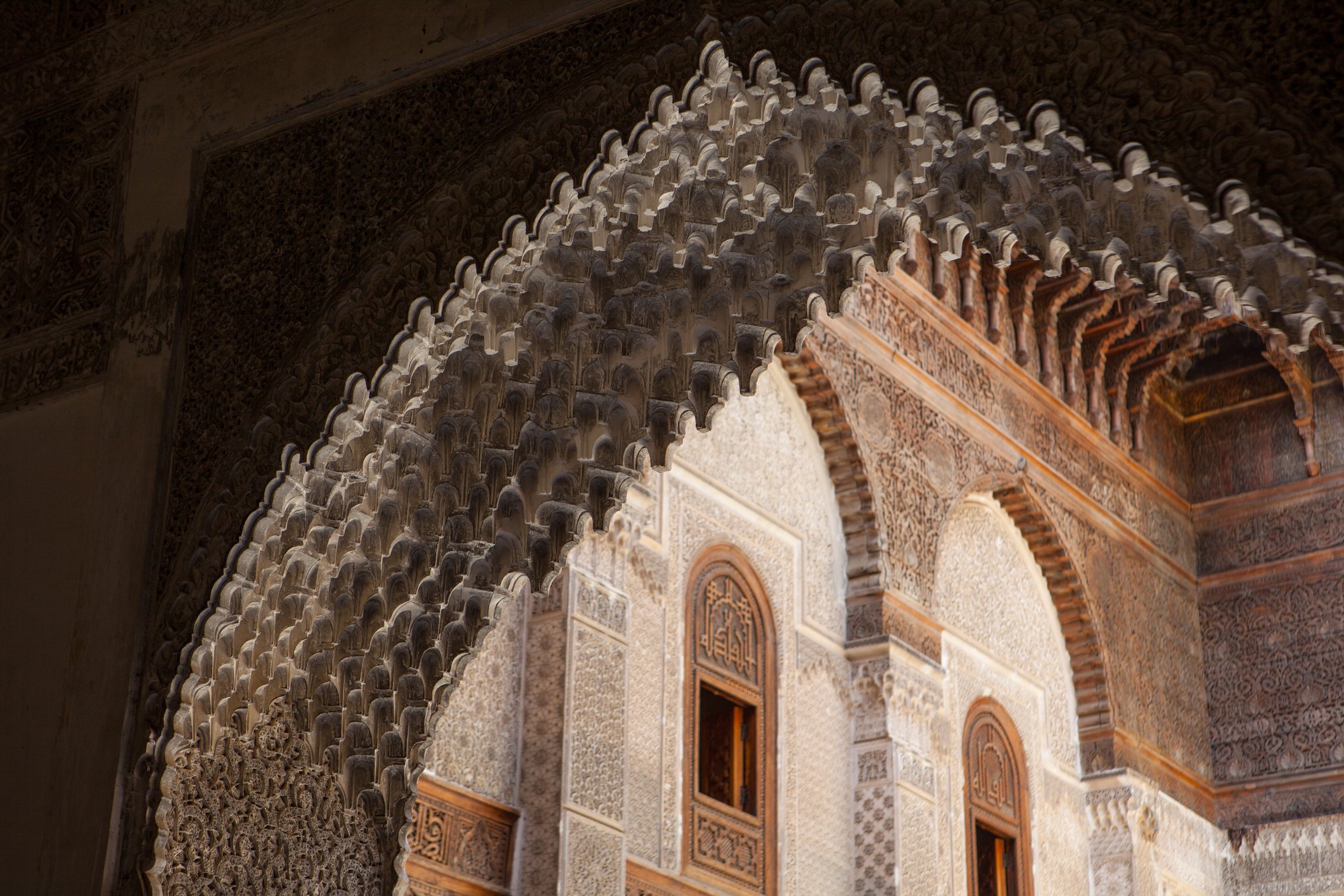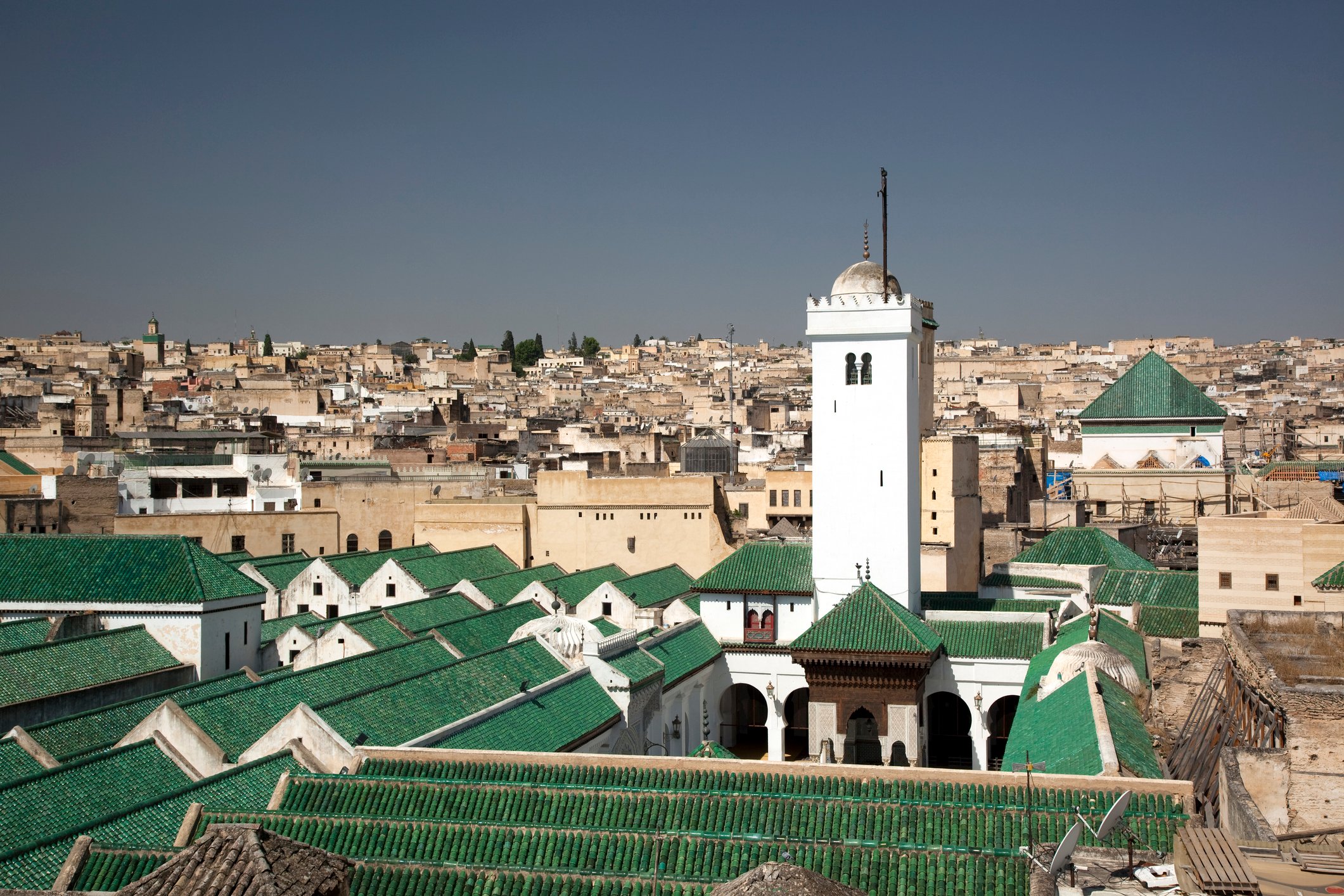When thinking of the oldest universities in the world, probably the first ones that come to most people’s minds are Oxford and Bologna, but according to UNESCO and the Guinness World Records, Al-Qarawiyyin University (also written as Al-Karaouine) is the “oldest existing, and continually operating educational institution in the world.”
Founded in 859 A.D. by Tunisian-born Fatima al-Fihri in Morocco’s Fez, the university is not only the oldest higher education institution on Earth but also the first to be founded by a woman, and a Muslim one at that. Fatima used her inheritance from her merchant father’s wealth to found the university which started as an associated school – known as a madrasa – and a mosque that eventually grew into a place of higher education. It also introduced the system of awarding degrees according to different levels of study in a range of fields, such as religious studies, grammar and rhetoric. Though the university first focused on religious instruction, its fields of study quickly expanded to include logic, medicine, mathematics and astronomy, among many others.

Thanks to the wide range of topics and the high quality of education it offered, scholars and students from all over the Muslim world visited and enrolled in the institution. Its popularity became so overwhelming that the university introduced a strict selection system, requiring students to know the Quran by heart and have a good knowledge of Arabic as well as general sciences. Sultans of the era supported the university with subsidies, gifts and especially books and manuscripts. This led to al-Qarawiyyin University having several libraries in its main and side buildings, housing countless influential works for its era. The historical library is open to the public to this day and shows al-Fihri’s original diploma, which was chiseled onto a wooden board back in the day. The library currently hosts more than 4,000 valuable manuscripts in a range of fields, including historic copies of Islam’s holy book, the Quran. Some of these precious texts include the 14th-century work of “Al-Muqaddimah” and an original copy of “Al-‘Ibar” by the famous Muslim historian Ibn Khaldun, a pioneer in sociology. Other pieces such as the famous “Al-Muwatta” – the earliest collection of hadith texts (the Prophet Muhammad’s sayings) gathered by Malik, considered to be one of the first legal texts to incorporate both hadiths and fiqh, Islamic jurisprudence.
Just as it is common in modern universities, al-Qarawiyyin held regular debates and symposia, promoting the exchange of knowledge and development of science. The university itself was founded on the concept of higher education as we know it today. Al-Fihri’s idea was to create a social space enabling intellectual exchanges for progressive learning and teaching. It would not be wrong to say that Fatima’s ideas and vision influenced many universities across Europe. With its professional and institutional learning structure – previously unseen and unheard of – echoed across the European continent in the following centuries. European countries were quick to see the immense potential behind this concept of learning and soon founded their own institutions. Among the most notable of these are the University of Bologna, which was founded in 1088 in Italy, and the University of Oxford which was founded in 1096 in the United Kingdom.


Throughout its history, the university has been the place of scholars well known to this date, such as 12th-century cartographer Mohammed al-Idrisi, whose maps helped the European exploration during the Renaissance. Despite the fact that the university was a gathering point for students of Islamic studies, it also attracted people from other religions as well. One of the Christian scholars visiting al-Qarawiyyin was Pope Sylvester II (946-1003), who was known to have a passion for mathematics and astronomy.
The university, however, was only added to Morocco’s university system in 1963. Contrary to common misconceptions, both women and men could attend the university. In 1965, the institution was officially named the University of al-Qarawiyyin instead of the short al-Qarawiyyin. At the beginning of the 1990s, its student body shrank significantly due to interest in newer, Western-style universities.
To this day, the university keeps its traditional ways of teaching students by sitting in a semi-circle, called halqa, around the sheik or the instructor.










Discussion about this post